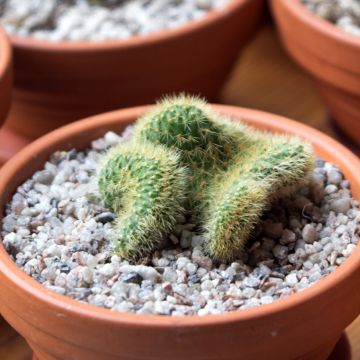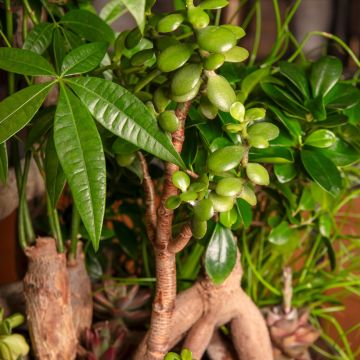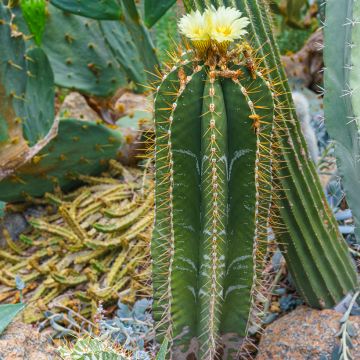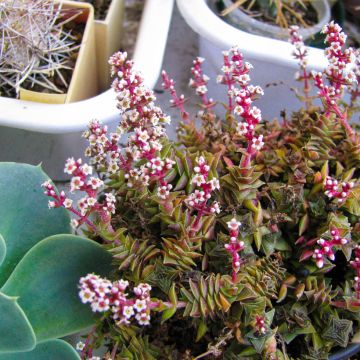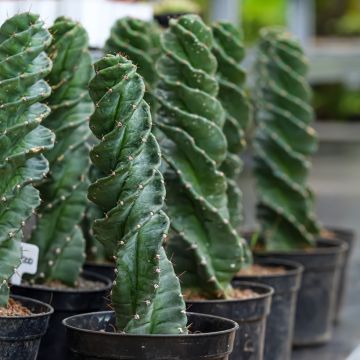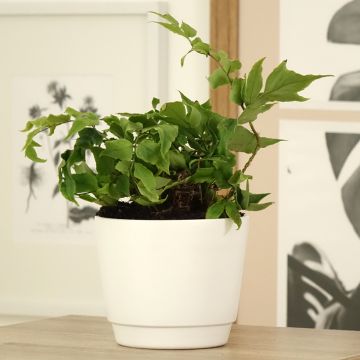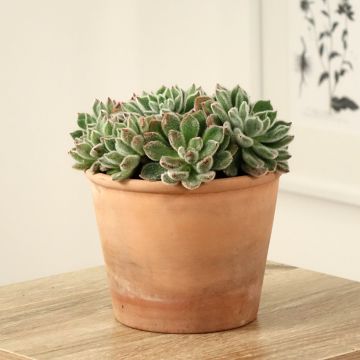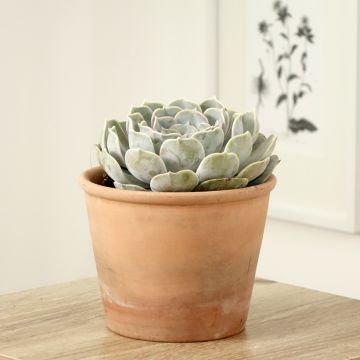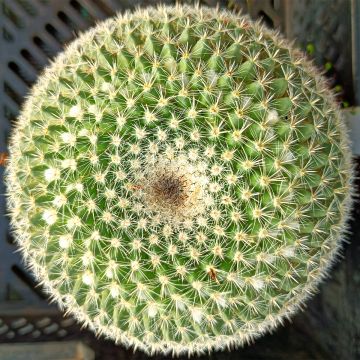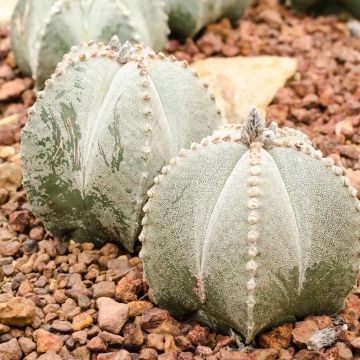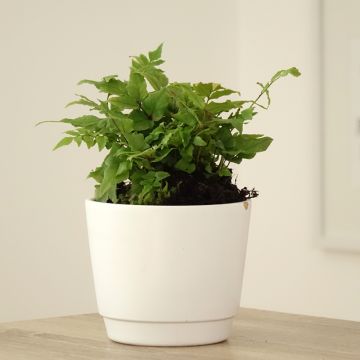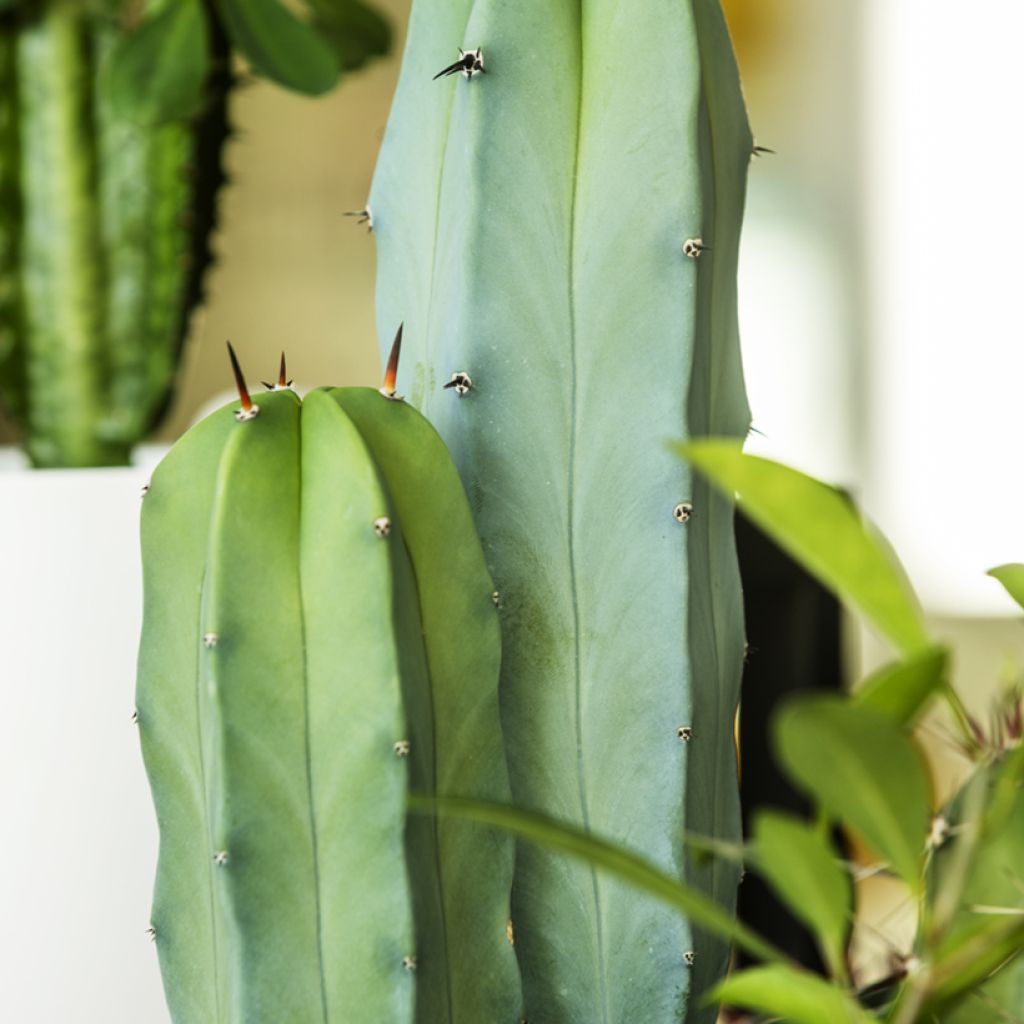

Cereus peruvianus - Peruvian apple cactus
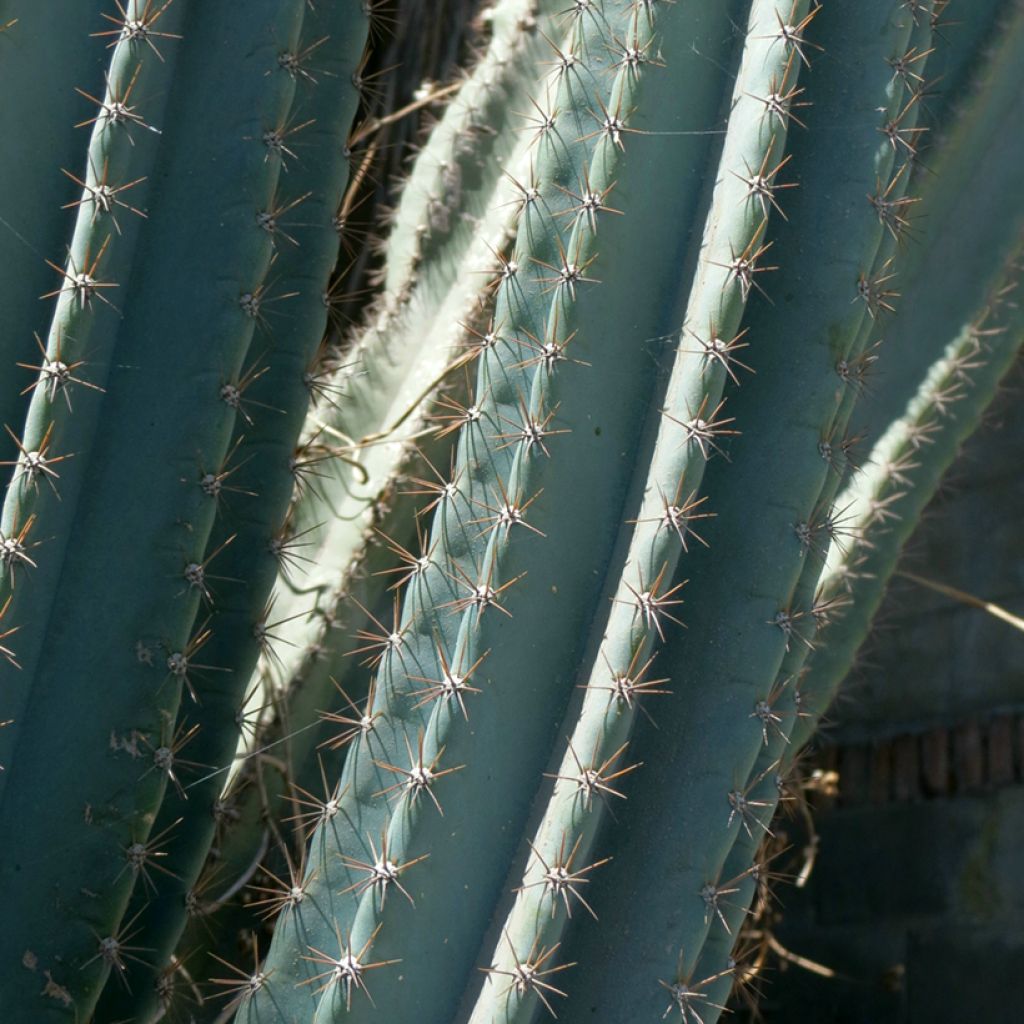

Cereus peruvianus - Peruvian apple cactus
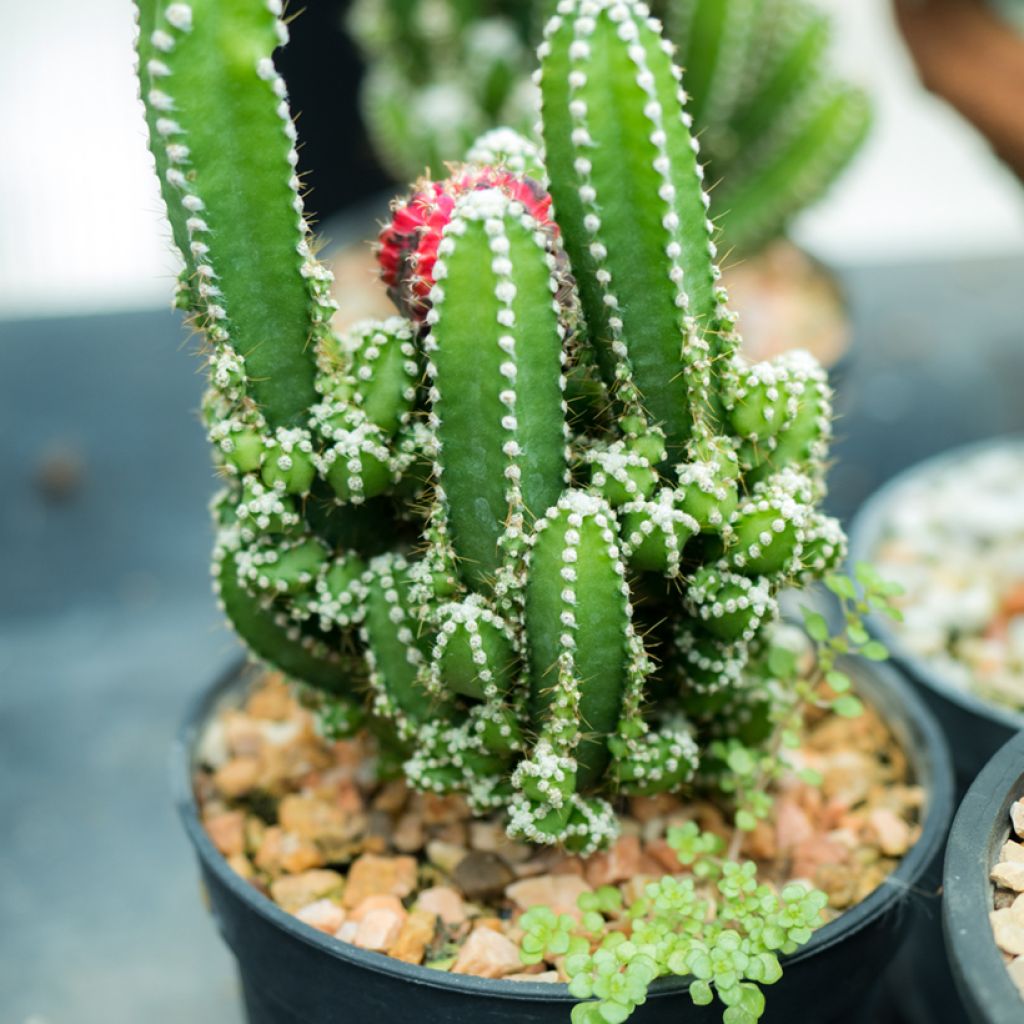

Cereus peruvianus - Peruvian apple cactus
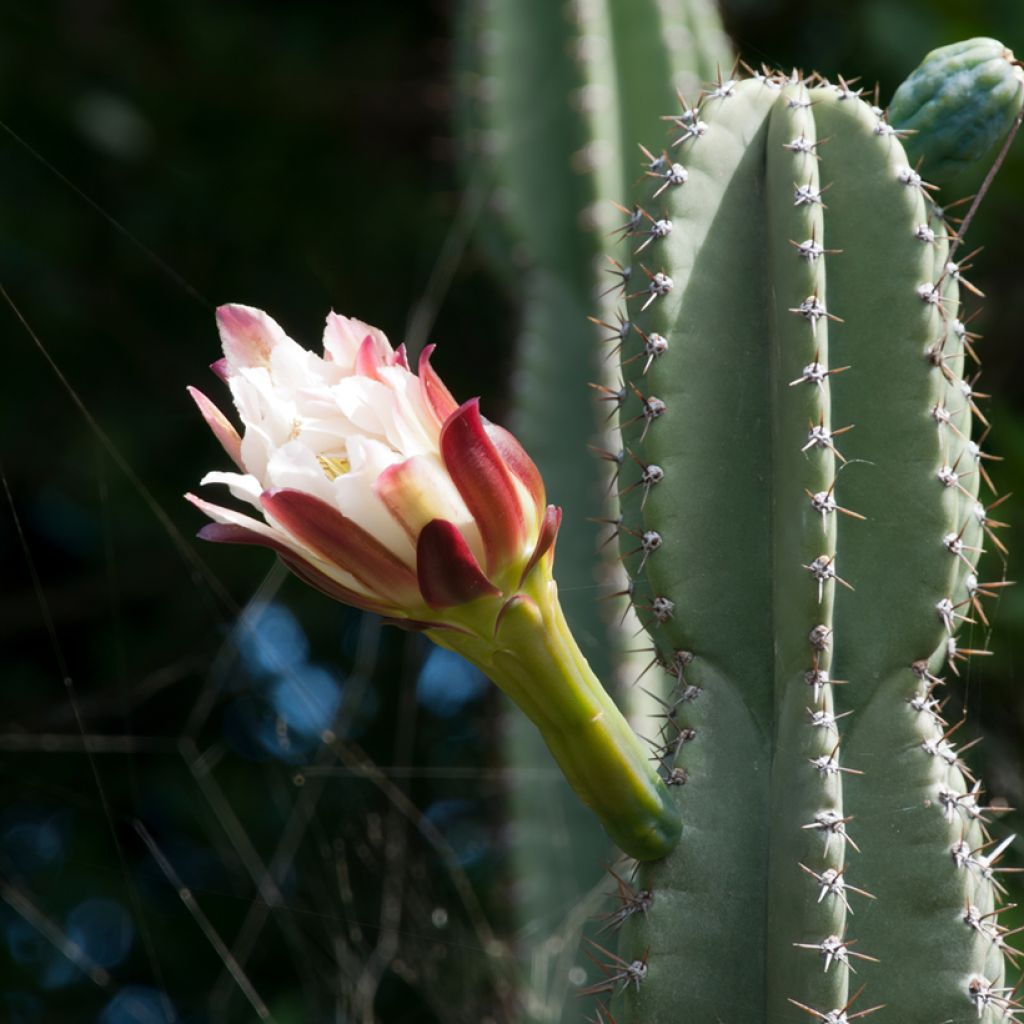

Cereus peruvianus - Peruvian apple cactus
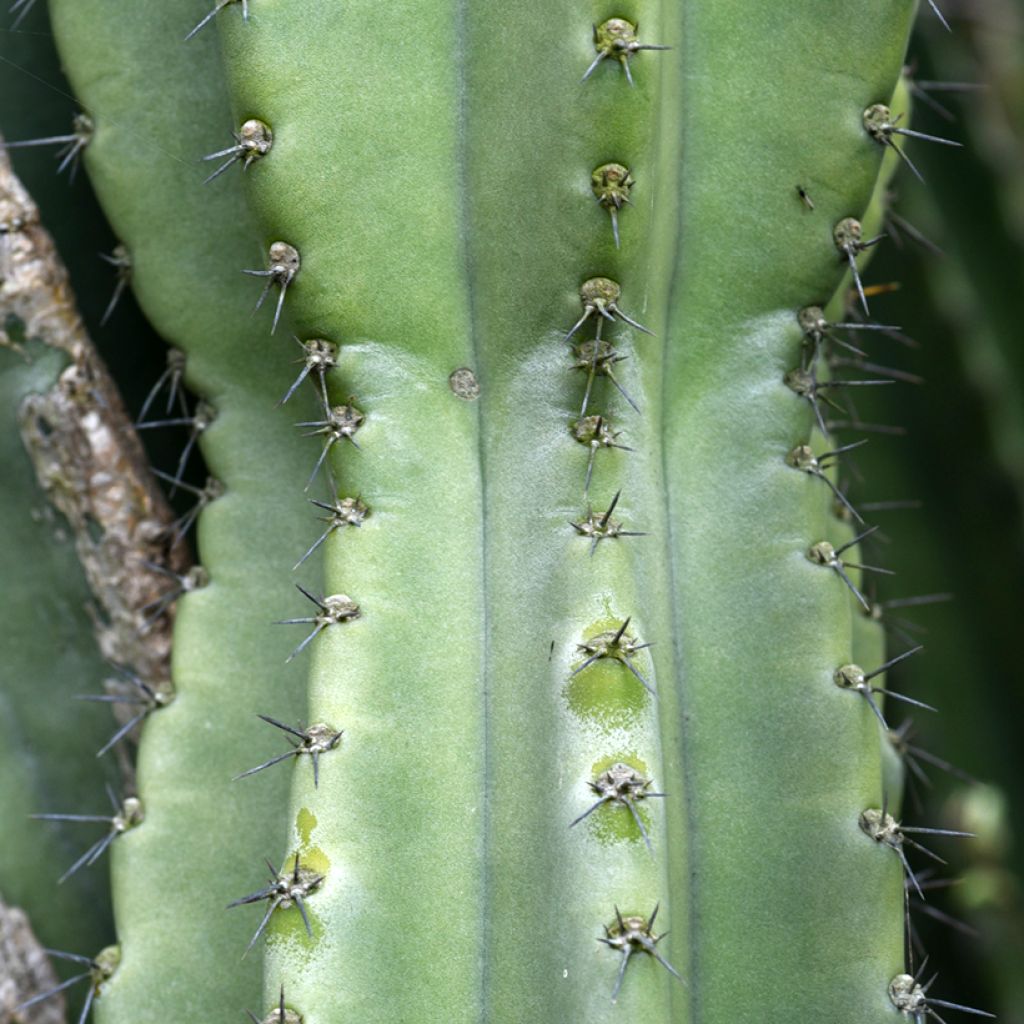

Cereus peruvianus - Peruvian apple cactus
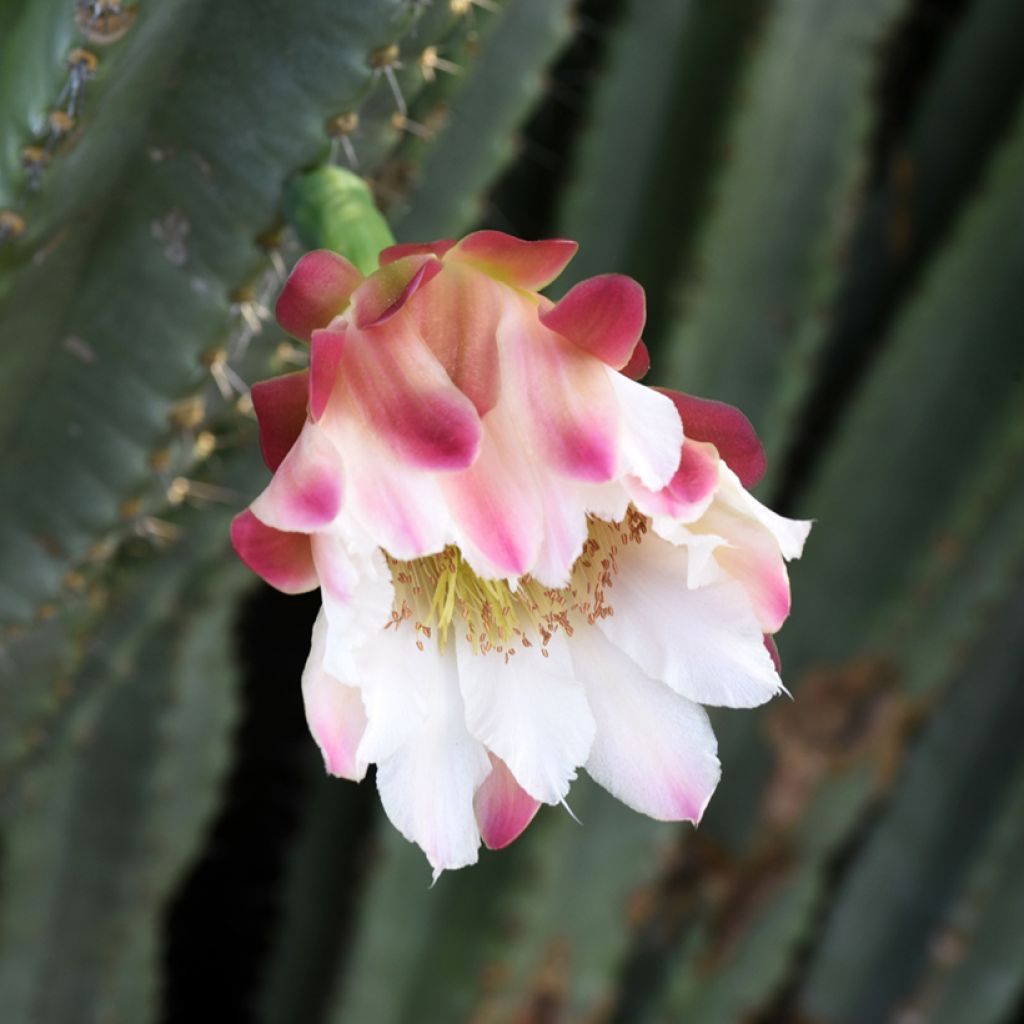

Cereus peruvianus - Peruvian apple cactus
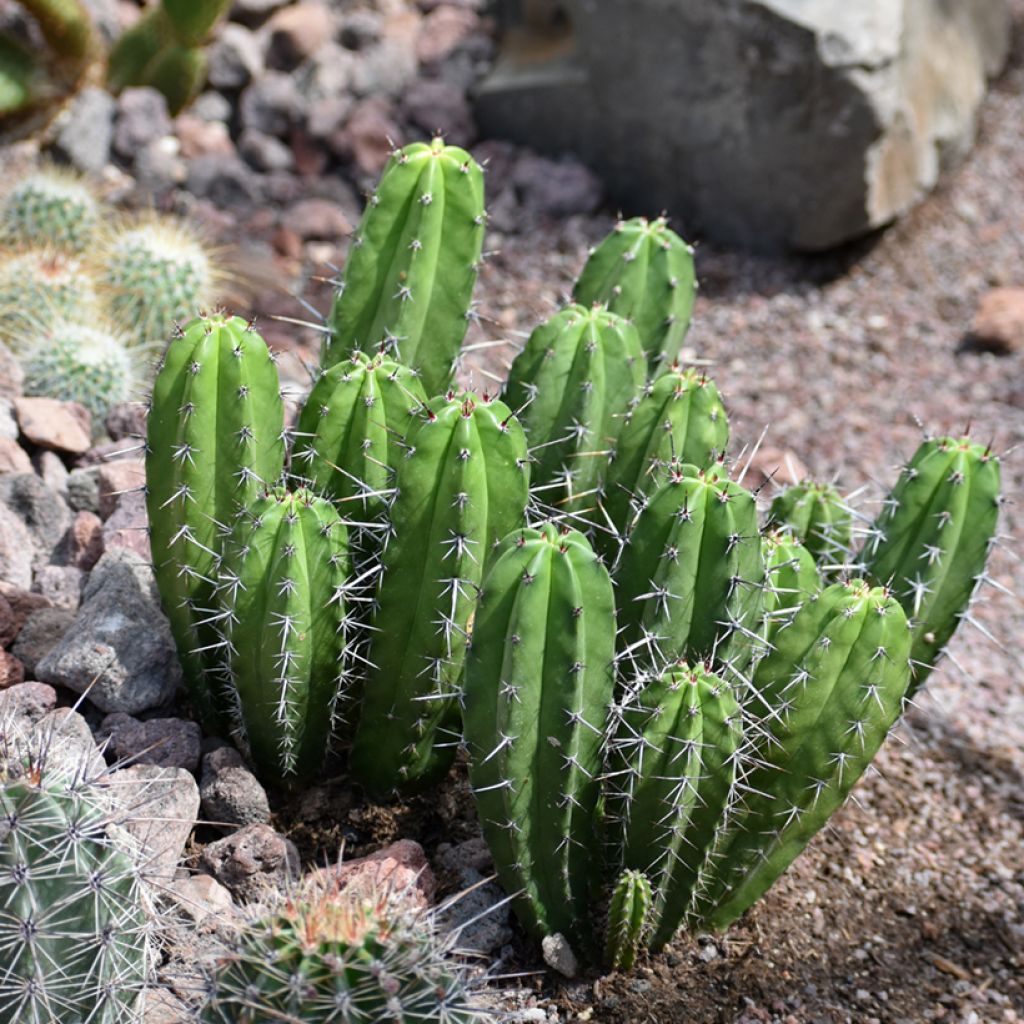

Cereus peruvianus - Peruvian apple cactus
Cereus peruvianus - Peruvian apple cactus
Cereus peruvianus
Peruvian apple cactus
This item cannot be shipped to the selected country
Delivery charge from €6.90
More information
Schedule delivery date,
and select date in basket
This plant carries a 30 days recovery warranty
More information
We guarantee the quality of our plants for a full growing cycle, and will replace at our expense any plant that fails to recover under normal climatic and planting conditions.
From €7.90 for pickup delivery and €6.90 for home delivery
Express home delivery from €8.90.
Description
Cereus peruvianus, nicknamed the Peruvian Candle, is a spectacular columnar cactus, prized for its slender habit and rapid growth. Native to South America, it can reach several metres in height in its natural habitat but remains more compact indoors. Its blue-green ribbed body, dotted with small thorns, gives it an elegant and modern appearance. At maturity, it can produce, under optimal conditions, large, fragrant white nocturnal flowers. Hardy and easy to care for, it adapts well to pot cultivation and makes a centrepiece in a cactus collection.
Cereus peruvianus belongs to the Cactaceae family and is also known as Cereus repandus, Cereus hildmannianus subsp. uruguayanus, Cereus uruguayanus. It grows naturally in the arid and semi-desert regions of South America, particularly in Brazil, Uruguay, and Argentina. It can reach up to 10 m in height in the ground, forming a true cactus tree with lateral branching. Indoors, its growth is more moderate, with the plant reaching 1 m in height after many years. Its cylindrical body, ranging from blue-green to dark green, is marked by 5 to 10 well-defined ribs. Each rib bears woolly areoles from which brownish thorns emerge, generally not very aggressive. At maturity, this cactus can theoretically develop large white nocturnal flowers, reaching up to 15 cm in diameter and emitting a pleasant fragrance. These ephemeral but spectacular flowers bloom at dusk and fade by morning. After flowering, the plant may produce round red fruits, reminiscent of the pitaya (dragon fruit), with edible and sweet flesh.
Cereus peruvianus can flower indoors after 7 to 10 years of cultivation, but this remains rare.
This Peruvian Candle requires a very bright exposure, ideally in full sun outdoors during the warmer months or near a south-facing window. It tolerates heat well and can withstand high temperatures but does not resist frost. It must be kept above 5 °C in winter. Its substrate should be very well-draining, composed of a mix of cactus compost, coarse sand, and perlite, to avoid excess moisture. Watering should be moderate, allowing the substrate to dry completely between waterings. In winter, the plant enters a dormant period, and watering should be significantly reduced. Too much moisture can cause root rot, the main cause of failure in cultivation.
With its architectural habit, Cereus repandus stands out in a bright living room, conservatory, or greenhouse. A terracotta pot is preferable to optimise drainage and prevent moisture accumulation. It pairs well with other columnar cacti, such as Pachycereus pringlei or Carnegiea gigantea, as well as with more compact succulents, such as Echeveria agavoides or Graptopetalum paraguayense.
Report an error about the product description
Cereus peruvianus - Peruvian apple cactus in pictures
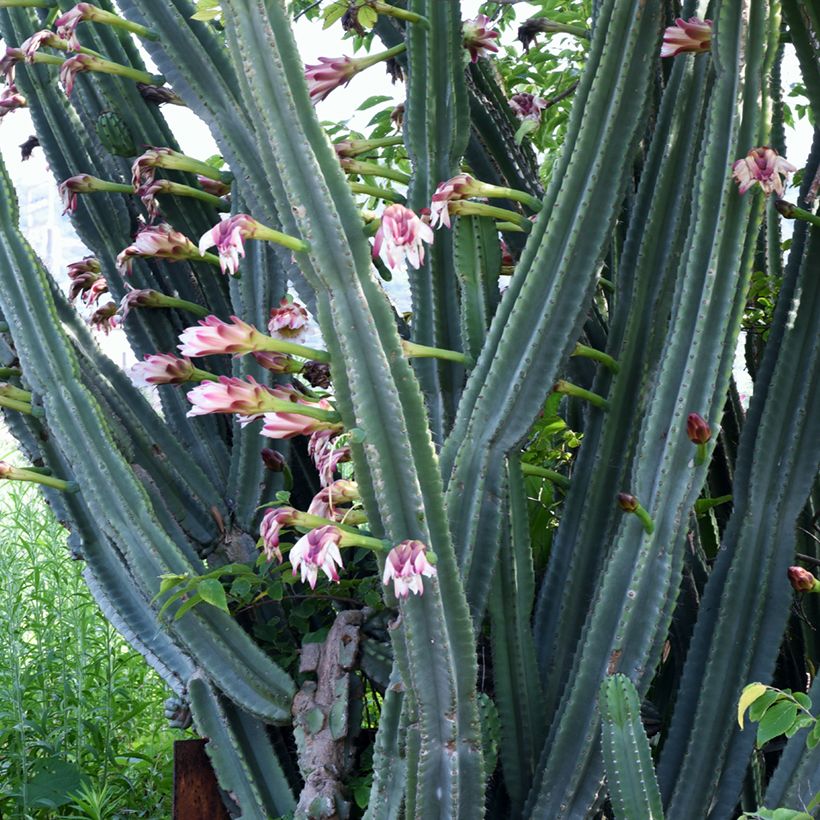



Foliage
Plant habit
Flowering
Botanical data
Cereus
peruvianus
Cactaceae
Peruvian apple cactus
South America
Safety measures
Other Indoor cacti and succulents
View all →Location
Location
Maintenance and care
Potting advice, substrates and fertilisers
Disease and pest advice
Maintenance and care
This item has not been reviewed yet - be the first to leave a review about it.
Similar products
Haven't found what you were looking for?
Hardiness is the lowest winter temperature a plant can endure without suffering serious damage or even dying. However, hardiness is affected by location (a sheltered area, such as a patio), protection (winter cover) and soil type (hardiness is improved by well-drained soil).

Photo Sharing Terms & Conditions
In order to encourage gardeners to interact and share their experiences, Promesse de fleurs offers various media enabling content to be uploaded onto its Site - in particular via the ‘Photo sharing’ module.
The User agrees to refrain from:
- Posting any content that is illegal, prejudicial, insulting, racist, inciteful to hatred, revisionist, contrary to public decency, that infringes on privacy or on the privacy rights of third parties, in particular the publicity rights of persons and goods, intellectual property rights, or the right to privacy.
- Submitting content on behalf of a third party;
- Impersonate the identity of a third party and/or publish any personal information about a third party;
In general, the User undertakes to refrain from any unethical behaviour.
All Content (in particular text, comments, files, images, photos, videos, creative works, etc.), which may be subject to property or intellectual property rights, image or other private rights, shall remain the property of the User, subject to the limited rights granted by the terms of the licence granted by Promesse de fleurs as stated below. Users are at liberty to publish or not to publish such Content on the Site, notably via the ‘Photo Sharing’ facility, and accept that this Content shall be made public and freely accessible, notably on the Internet.
Users further acknowledge, undertake to have ,and guarantee that they hold all necessary rights and permissions to publish such material on the Site, in particular with regard to the legislation in force pertaining to any privacy, property, intellectual property, image, or contractual rights, or rights of any other nature. By publishing such Content on the Site, Users acknowledge accepting full liability as publishers of the Content within the meaning of the law, and grant Promesse de fleurs, free of charge, an inclusive, worldwide licence for the said Content for the entire duration of its publication, including all reproduction, representation, up/downloading, displaying, performing, transmission, and storage rights.
Users also grant permission for their name to be linked to the Content and accept that this link may not always be made available.
By engaging in posting material, Users consent to their Content becoming automatically accessible on the Internet, in particular on other sites and/or blogs and/or web pages of the Promesse de fleurs site, including in particular social pages and the Promesse de fleurs catalogue.
Users may secure the removal of entrusted content free of charge by issuing a simple request via our contact form.
The flowering period indicated on our website applies to countries and regions located in USDA zone 8 (France, the United Kingdom, Ireland, the Netherlands, etc.)
It will vary according to where you live:
- In zones 9 to 10 (Italy, Spain, Greece, etc.), flowering will occur about 2 to 4 weeks earlier.
- In zones 6 to 7 (Germany, Poland, Slovenia, and lower mountainous regions), flowering will be delayed by 2 to 3 weeks.
- In zone 5 (Central Europe, Scandinavia), blooming will be delayed by 3 to 5 weeks.
In temperate climates, pruning of spring-flowering shrubs (forsythia, spireas, etc.) should be done just after flowering.
Pruning of summer-flowering shrubs (Indian Lilac, Perovskia, etc.) can be done in winter or spring.
In cold regions as well as with frost-sensitive plants, avoid pruning too early when severe frosts may still occur.
The planting period indicated on our website applies to countries and regions located in USDA zone 8 (France, United Kingdom, Ireland, Netherlands).
It will vary according to where you live:
- In Mediterranean zones (Marseille, Madrid, Milan, etc.), autumn and winter are the best planting periods.
- In continental zones (Strasbourg, Munich, Vienna, etc.), delay planting by 2 to 3 weeks in spring and bring it forward by 2 to 4 weeks in autumn.
- In mountainous regions (the Alps, Pyrenees, Carpathians, etc.), it is best to plant in late spring (May-June) or late summer (August-September).
The harvesting period indicated on our website applies to countries and regions in USDA zone 8 (France, England, Ireland, the Netherlands).
In colder areas (Scandinavia, Poland, Austria...) fruit and vegetable harvests are likely to be delayed by 3-4 weeks.
In warmer areas (Italy, Spain, Greece, etc.), harvesting will probably take place earlier, depending on weather conditions.
The sowing periods indicated on our website apply to countries and regions within USDA Zone 8 (France, UK, Ireland, Netherlands).
In colder areas (Scandinavia, Poland, Austria...), delay any outdoor sowing by 3-4 weeks, or sow under glass.
In warmer climes (Italy, Spain, Greece, etc.), bring outdoor sowing forward by a few weeks.


































